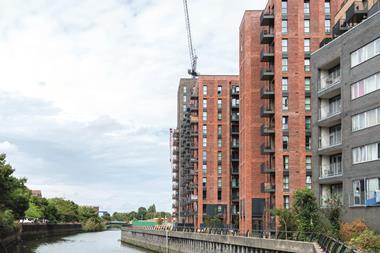Last November, HMRC updated its guidance on the 3% surcharge for stamp duty land tax, which means that for some investors and developers, the 3% surcharge is no longer due – the standard 1% rate replacing it – in cases where the property is not considered 100% residential. This also opens the door for refunds of payments made based on this previously incorrect guidance.

In 2016, a 3% surcharge for additional dwellings was introduced in the UK, which meant homebuyers had to pay an additional 3% on the purchase of second homes, or residential properties that were bought for investment purposes. HMRC issued guidance that this also applied to multiple dwellings relief claims, even if they were not wholly residential.
However, we found that the additional dwelling supplement could only apply where the transaction consisted wholly of residential properties. After further investigation, we found that in certain circumstances, the default minimum rate of 1%, which remained on the statute book, was still in force.
Since this time, we have worked hard to obtain clarification on this issue, which affects a significant number of investors and developers. We are aware of several cases where the overpayments amount to several hundreds of thousands of pounds. The total bill for repayments could run into tens of millions of pounds, given the popularity of convert-to-rent and convert-to-sell schemes, which have been run on commercial properties in the last four years.

Following this and after several legal cases between Cornerstone Tax and HMRC over four years, HMRC has recently amended its online guidance to reflect this correction.
Due to the incorrect guidance, many developers and investors have paid 3% on the residential element of a multiple dwellings relief claim, and not the 1% minimum rate they were eligible for. In most cases, this amounts to a 200% overpayment of the tax that was due.
We believe it is vital to clarify exactly what the law means, to ensure that taxpayers are not at risk of paying too much tax. There is normally a four-year time limit for making reclaims, but due to incorrect guidance from HMRC, it may be possible to claim as far back as when the surcharge was introduced in April 2016.
David Hannah is principal consultant at Cornerstone Tax






























No comments yet